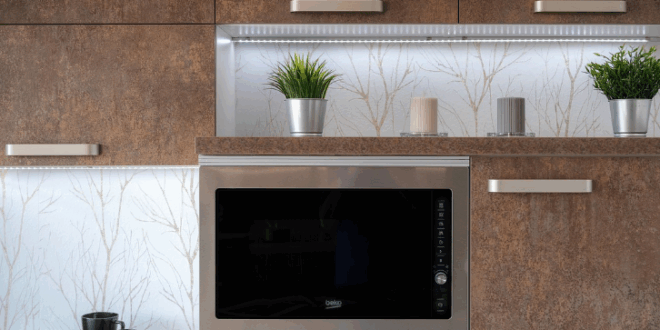A well-organized store cupboard is the secret weapon of a functional kitchen. Whether you’re whipping up a last-minute meal or stocking up for the week ahead, knowing exactly where everything is (and what you already have) saves time, money, and unnecessary waste.
If your pantry is more chaos than calm, here’s a step-by-step guide to arranging your store cupboard for maximum efficiency, freshness, and ease.
1. Empty It Out and Take Inventory
Start with a clean slate:
- Remove everything from the cupboard.
- Wipe down all shelves and corners.
- Check expiry dates and toss anything stale or long forgotten.
- Group like items together (e.g., grains, tinned goods, snacks, sauces).
Tip: Keep a notepad or phone handy to list what you’re running low on as you go.
2. Zone Your Cupboard
Divide your cupboard into logical zones to make finding things quicker and restocking easier:
Common zones include:
- Baking essentials (flour, sugar, cocoa, baking powder)
- Grains & pasta (rice, quinoa, spaghetti)
- Tinned goods (beans, tomatoes, soup)
- Snacks & treats (crisps, biscuits, chocolate)
- Breakfast items (cereal, oats, spreads)
- Sauces & oils (soy sauce, vinegar, olive oil)
- Spices & seasonings
- Cans & jars in use
Smart tip: Place high-use items at eye level and occasional-use items on upper or lower shelves.
3. Use Containers and Labels
Clear containers or jars keep ingredients fresher, reduce packaging waste, and look great.
- Use airtight glass or BPA-free plastic containers for dry goods like flour, sugar, and pasta.
- Group smaller items like spices or snack packs in baskets or bins.
- Label everything — either with a label maker, chalk stickers, or simple masking tape and marker.
Bonus: Add expiry dates to containers if decanting bulk items.
4. Maximize Space with Smart Tools
Not all cupboards are created equal, so make the most of your space with clever storage solutions:
- Tiered risers to see canned goods at a glance
- Lazy Susans for oils, sauces, or condiments
- Shelf dividers or hanging baskets to add layers
- Pull-out drawers for deep or hard-to-reach cupboards
Efficiency tip: Store items you use together — e.g., pasta next to passata, tea next to honey.
5. Follow the FIFO Rule
FIFO = First In, First Out. Always rotate stock so older items get used before new ones.
- Place newer items behind older ones when restocking.
- Check dates regularly and plan meals to use up nearing-expiry ingredients.
Organizing hack: Use a chalkboard or whiteboard nearby to jot down what needs using soon.
6. Keep a Running Pantry List
Avoid overbuying or forgetting essentials with a simple list system:
- Use a magnetic whiteboard, app, or even a shared Google Doc
- Update it as you use or replace items
- Create a basic staples checklist to review monthly (think: rice, beans, tea, tinned tomatoes, spices)
App suggestion: Try digital pantry apps like Sortly, Out of Milk, or Pantry Check.
7. Sustainability Bonus: Minimize Waste
- Store opened packages properly to keep them fresh.
- Compost what you can (especially expired dry goods like oats).
- Use up odds and ends in soups, stir-fries, or baking.
- Shop refills or zero-waste stores if available.
Eco tip: Keep a reusable bag stash or bulk bin containers handy in your pantry for easier eco-shopping.
Final Thoughts: A Calm Pantry, A Clear Mind
An organized store cupboard not only streamlines your cooking routine but also creates a sense of control and calm. With just a little effort, you’ll find that meal planning gets easier, shopping becomes smarter, and food waste shrinks.
Think of it as a spring reset for your kitchen — and a small step toward a more efficient, delicious life.
 Homeowners Club If you are one of the 15 million homeowners in the UK, the free to join online Homeowners Club is for you.
Homeowners Club If you are one of the 15 million homeowners in the UK, the free to join online Homeowners Club is for you.








